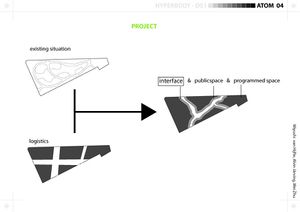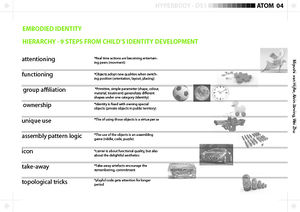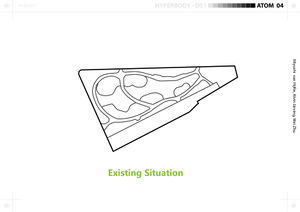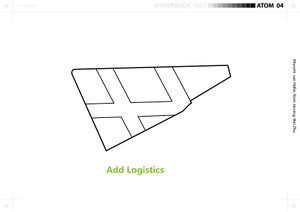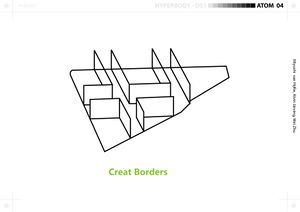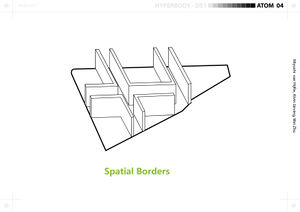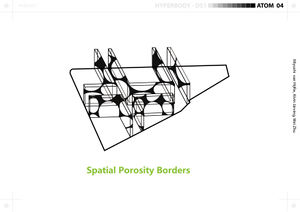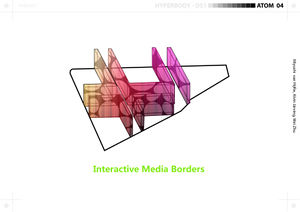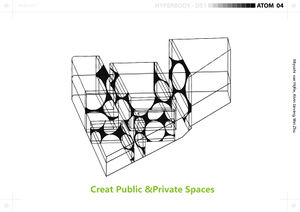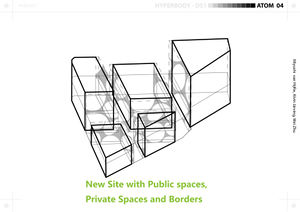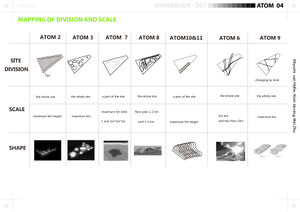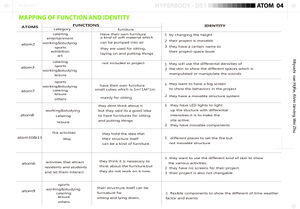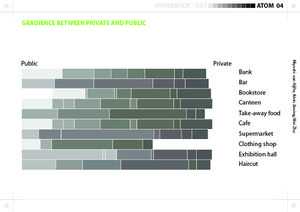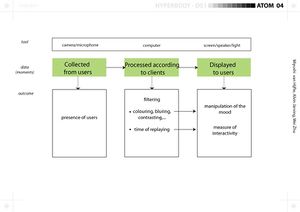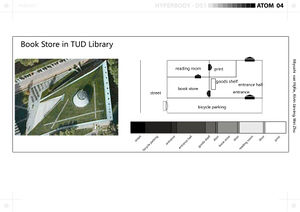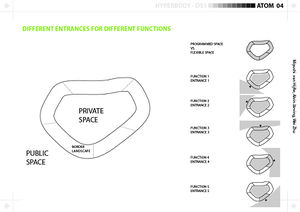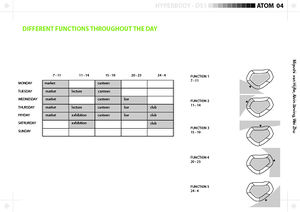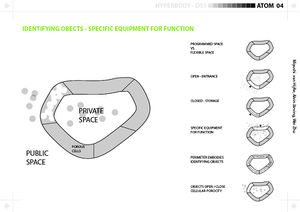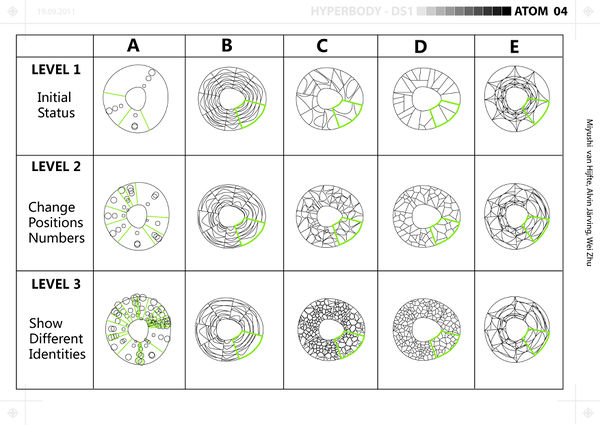project E:Home
Contents |
INTERACTIVE BORDER
Challenge: Give the site identity through involment of the users.
Specialization: Site conditioning through interactive interfaces.
Intervention: The border between the public and private.
Project: Atom 04 is partcipating in the Project E Go to atom 4 home
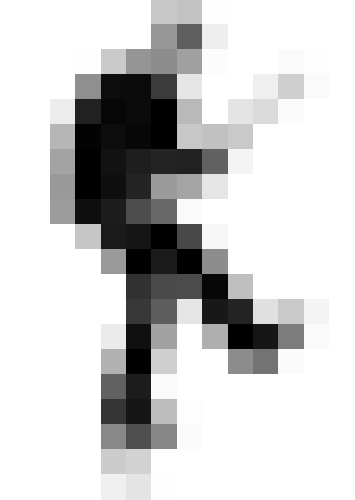
CONCEPT
INTERACTIVE BORDER
Our Project is focused on the border between the private and public. The border landscape embodies elements that can express the identity of the interior. The mission of the project is to create a better interface to the buildings.
AUGMENTED IDENTITY
The border is dealing with the identity in two perspectives. From inside-out and From outside-in. First need is to show the character of the interior (private uses, functions, clients, buildings). Second need is to react to the users and to correspond to their personal of identification logics.
The border has to show the nature of the private function. The border needs to become a screen that is reflecting the inside functions, the program, the brand. To border needs to become a screen that could show logos, theme colours, materials, typography, composition if needed. The screen has to be able to present the activity from inside.
Our approach to the users is based on the identity development of a child. The children psychology is giving us answers what role and how are objects related to the identity development. The aim is to create a border to which people in all ages can easily relate to. The objects will be evaluated according to the hierarchy of the object qualities according to the development of consciousness. The objects need to work in simple (having function, belonging to a group and the ownership) and complex categories (assembly pattern logic, take-away fetishes, topological tricks) to get attention, to be remembered and to continuously stay attractive.
FURNITURE AND SCREEN
THE SWITCH
THE FURNITURE
ASSAMBLY PATTERN
TRANSITION SPACE
THE SCREEN
MEDIA TO SHOW IDENTITY
RELATIONSHIPS
VALIDATORS
OTHER ATOMS
Our concept of the border is adoptable to different situations, users, geometries. We have mapped the border situations of other groups. These situations will validate our method. We are trying to accomplish the needs of those projects - to be flexible enough to follow different geometries and to be able to react to the specific needs of furniture.
We have mapped the identifying strongpoints of other projects. The screening possibility inside the wall will provide an extra strategy to show interior, information, activity, images etc. It helps to solve the missing communication with the users.
DESIGN
</div>
SCALE - TRANGULATION
1. The scale of the project - the geometry is referring to other atoms projects 2. The system of triangulations - aboptable to double curved geometry 3. the scale of the components - human scale (accessibility of furniture elements, the size of the screen, the door and the window.
COMPONENT - FURNITURE
The technical system how the furniture object fits to the component. System how the element can be used as furniture, secondary rooms, storage how the equipment opens up the wall and how it is creating differences in floor plan (small rooms, transitions space). Related to assamlby logic.
EMBODIED MEDIA - SCREEN
The possibility to show - images, text, film etc. the screen of components - element - pixel - low resolution secondary screen - second pixellation system - higher resolution the pixellation studies. the design of the screen
The interface between the public and private is created through spatial needs according to the client profiles (transition landscape). The interface embodies the representational means (the memory machine) to achieve the identity.
</div>
REALISATION
Embodied media solution
The 'memory machine' is a tactical tool to improve the site identity. It replays 'translated' moments according to the needed mood at every moment. The replayed moments are collected dating from the users who are using the site. The translation is done by a kind of filter what translate the monents into sounds and visuals. The replaying is a representation in space what will create a different 'mood'.
Thereby the representation is related/adjunct to time. The time of replay will influences the experiences of the users. This is controlled by the occupation of the site.
MEDIA PARAMETERS
Border Landscape
The Border between the private and the public gives us a clear research theme on existing typologies. The becoming from private to public (the levels and the sizes of the transition spaces) can be seen as parameters for the spatial affordance of desired program. The parametric model will be dealing with the measure of the void in terms of the porosity, transparency and permeability.
We studied different commercial typologies and measured their levels between the public and private space.
